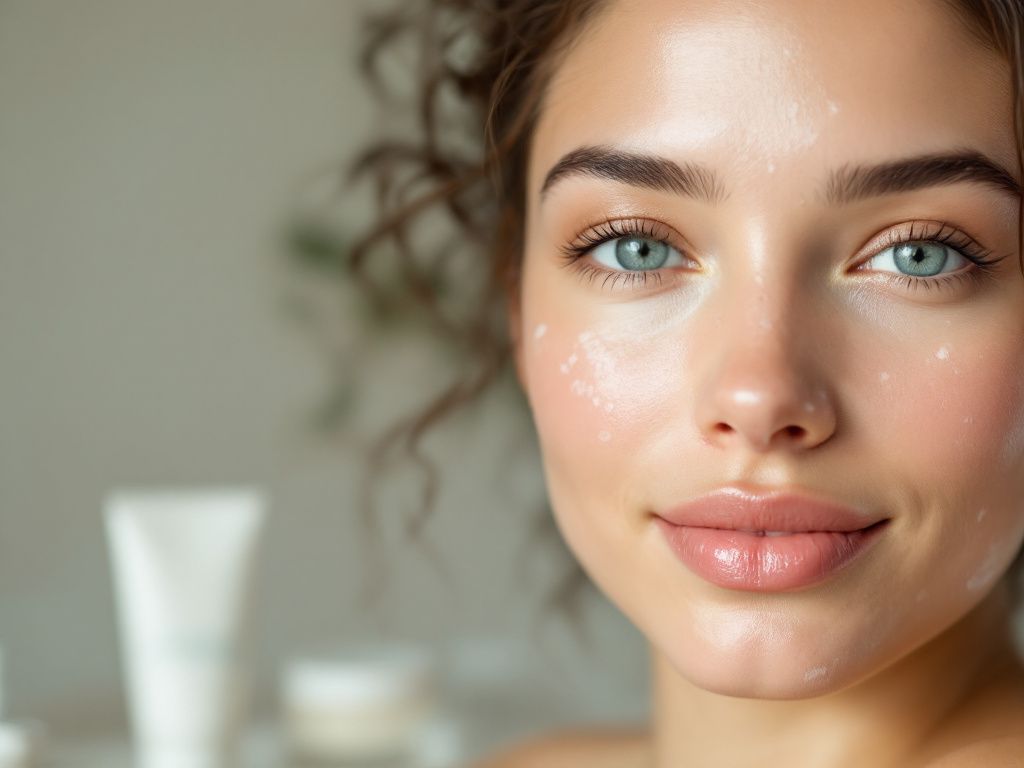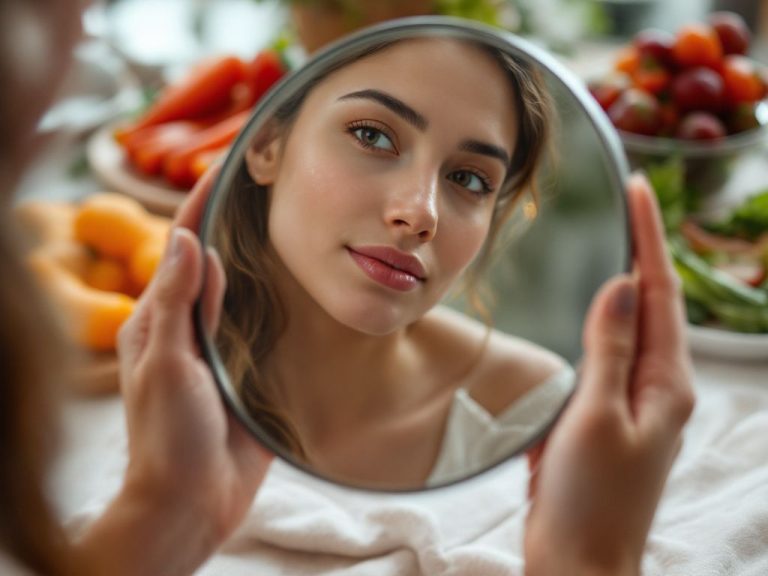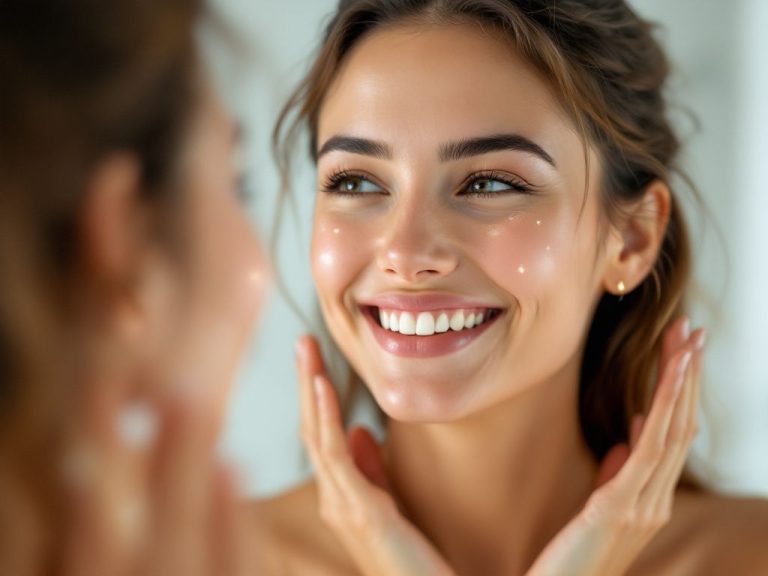Hey there! Let’s just dive right in. Ever wake up in the morning, glance in the mirror, and there it is — an unwelcome visitor on your face? That persistent little bump isn’t exactly a cause for celebration. We’re talking about skin adversaries: acne and pimples. And while they often get lumped into the same category, they’re actually quite different. Yep, it’s true! This might leave you wondering, “What’s the deal with acne versus pimples?” Don’t worry, we’ve got this covered.
Table of Contents
ToggleUnderstanding the Basics: Acne vs Pimples
To set the stage, let’s tackle what we’re actually talking about. **Acne** is a condition. Think of it as an umbrella term that covers various skin issues, including pimples, blackheads, and more. **Pimples**, on the other hand, are just one type of skin breakout under that umbrella. It’s like differentiating between a storm (acne) and the specific rain droplets (pimples) it drops. Make sense? Let’s dig deeper.
A Scientific Look at Acne
Let’s get a bit geeky for a moment. Acne occurs when hair follicles under your skin become clogged. Oil and dead skin cells play the villain here. Evoila! A breakout is born. While everyone deals with acne, its realities can differ. Hormonal changes, especially in teenagers, often kickstart this process.
Types of Acne
Shall we break it down further? Here’s a quick list for clarity:
- Blackheads and Whiteheads: These are essentially the yin and yang of clogged pores. Blackheads are open pores exposed to air, whereas whiteheads are closed, staying beneath the skin.
- Papules and Pustules: Now, these get a little angrier. Papules are small red bumps without pus, while pustules delightfully offer a pus-filled center, pretty reminiscent of the classic pimple. Disgusting and captivating all at once, right?
- Nodules and Cysts: This is when acne steps up its game. These are larger and definitely more painful. Nodules are hard lumps, while cysts are softer and filled with pus. Yep, ouch.
So, acne can manifest in several unwelcome forms, making confusion between its subsets understandable. The right treatment often hinges on knowing these differences.

Diving Deeper into Pimples
Time for the humble pimple to take the spotlight. While pimples are often seen as mere annoyances, they’re essentially lesions formed due to oil and skin cells. When bacteria invade, things get bumpy — pun intended.
Why Do Pimples Form?
It’s usually a messy play involving excess oil production, an increase in bacteria, or clogged pores. Imagine them like little felons on the run, hiding beneath the skin until caught and treated.
Is There a Real Difference?
You might wonder, “Does it actually matter if my skin breakout is acne or just pimples?” Well, it does! Knowing what you’re dealing with influences how you treat it. Often, people mistreat their skin because they don’t identify the condition correctly. Just think of going to the dentist for a headache — same level of confusion!
When Personal Turns Universal
Everyone’s skin is a bit unique with its little quirks and ticks. What works for one person may turn the other’s skin into a game of ‘Connect the Dots’. So, here’s a cardinal tip: **always customize your approach.** Be it acne or pimples, understanding your skin type is essential before diving into treatments.
Your Acne and Pimple Battling Arsenal

Here’s a simplified go-to list of remedies and treatments that might help keep your skin smooth and clear. Bear in mind nothing works overnight, but these can definitely make a difference.
1. Topical Treatments
Think of gels, creams, or lotions with ingredients like benzoyl peroxide or salicylic acid. They work by killing bacteria or facilitating faster cell turnover. Two key players these days!
2. Oral Medications
For some severe cases, dermatologists might suggest oral medications. Things like antibiotics or birth control pills (for women) help regulate hormones and reduce bacteria.
3. Lifestyle Adjustments
Let’s not undervalue this! Eating more greens, drinking lots of water, and avoiding excess sugar and oily foods can play a pivotal role. Trust me on this one; your skin will thank you.
4. Gentle Cleansing
Twice a day with a gentle cleanser can keep dirt and oil at bay. But go gentle! Scrubbing hides isn’t the best idea. Overdoing it can anger your skin, believe me.
5. Don’t Squeeze Them
This one hurts, metaphorically and literally. Pimple-popping might feel satisfying, but it spreads bacteria and increases healing time. Hands off, as tough as that sounds!

Common Mistakes to Avoid
- Overusing products: Slapping on an excess of beauty treatments won’t fast-track results, it’ll simply irritate skin further. Less fuss, more efficiency!
- Ignoring the scalp: Using heavy hair products can cause forehead and next-to-scalp breakouts. Pay attention to them as part of the complexion package.
- Neglecting moisturizer: Yes, even oily skin needs it. Opt for non-comedogenic, oil-free varieties.
Comparing Treatments Visually
| Acne | Pimples |
|---|---|
| Includes various forms like blackheads, pustules, and nodules | Specific type of acne, typically pustules |
| Requires varied treatments | Often addressed with spot treatments |
| Chronic or recurrent | Short-lived but bright visitors |
Where Should You Go from Here?
Getting scholarly about acne versus pimples means better skincare practice. But sometimes consultation with a professional is invaluable, particularly if things are severe, painful, or affecting your confidence. Don’t hesitate to get help; everyone deserves their best skin story.
Wrapping Up
Alright, so there you have it! The mysteries of acne versus pimples aren’t that murky anymore, right? We’ve journeyed through the essentials, talked tactics, and cleared up misconceptions. Ultimately, the quest for clearer skin starts with understanding your distinct enemy in the skin breakout battle and arming yourself accordingly.
So, stay confident and remember — among every mountain of pimples lies the path to victory! Here’s to radiant, healthier-looking skin!
Frequently Asked Questions
What is the difference between acne and pimples?
Acne and pimples are often used interchangeably, but they are distinct. Acne is a chronic skin condition characterized by persistent and recurring pimples, along with deeper lesions such as papules, pustules, cysts, or nodules. Pimples, on the other hand, are symptoms of this condition, forming when pores become clogged with sebum, dead skin cells, or other impurities[1][3][5).
What causes acne and pimples?
Both acne and pimples share common causes, including hormonal imbalances, excess sebum production, genetics, diet, and environmental factors. However, acne-prone skin is more strongly linked to extensive sebum production, hormonal imbalances, and genetic predispositions. Additional triggers for acne include irritation from clothing, high humidity, certain skin and hair products, and certain medications[1][3][4).
What are the symptoms of acne versus pimples?
Pimples typically appear as shallow blemishes with minimal inflammation, such as blackheads or whiteheads. Acne, however, is characterized by a large number of pimples and deeper, inflamed lesions like papules, pustules, nodules, and cysts, which can be painful and cause redness and tenderness[1][3][5).
How can I treat and prevent acne and pimples?
Treatment for acne often involves targeted skincare products, including topical retinoids, antibiotics, and salicylic acid. Oral medications like isotretinoin and anti-androgen agents may also be prescribed. Prevention methods include maintaining a healthy diet, avoiding picking at or squeezing pimples, using non-comedogenic products, and washing the face gently with a mild cleanser[1][3][4).
References







